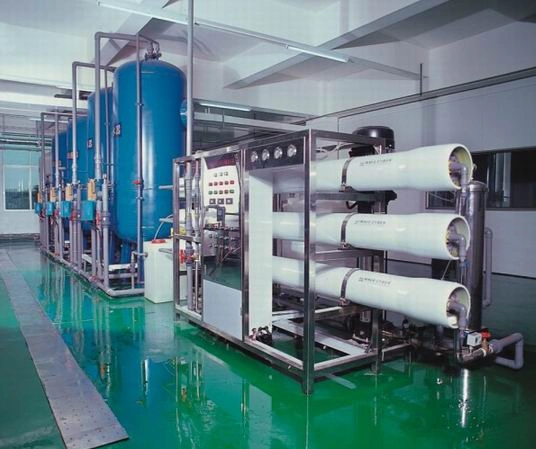King Sun PCB strictly follows the EU environment Law “limits the use of hazardous substances”, a total ban on the use of international rules in 2008 6 hazardous substances: lead, cadmium, mercury, sexivalent chromium, Polymerization bromination (PBB) and Brominated brominated ether (PBDE) of these six kinds of harmful substances in the use electronic products and related process.
The company has a set of wastewater treatment and recycling systems for waste water, PCB wastewater is complex, and difficult, how to effectively remove the substances that will reduce the pollution of the environment is a major task of China PCB industry.
PCB wastewater is polychlorinated biphenyl wastewater, which is a kind of wastewater in the printing industry and circuit board factory wastewater. Now the whole world’s annual production of toxic and harmful chemical waste amounts to 300 million to 4 million tons, which is harmful to the environment. Organic pollutants (POP) are the most widely spread and persistent in the earth.
PCB wastewater included washing wastewater, ink wastewater, compounding wastewater, concentrated acid waste, concentrated alkali waste liquid, etc. Printed circuit board (PCB) production has large water consumption and many kinds of wastewater pollutants and complex components. According to the characteristics of wastewater from different PCB factories, reasonable collection and quality treatment are the keys to ensuring wastewater treatment.
For PCB in industry wastewater treatment, contains a chemical method (chemical precipitation, ion exchange method, electrolysis), a physical method (all kinds of decantation and filtration, electrodialysis, reverse osmosis, etc.), a chemical method that transforms pollutants into the easy separation configuration(solid or gaseous) . The physical method is that concentrated pollutants in the wastewater or separated easily from wastewater, the wastewater reaches the discharge standard.


